"Art hasn't predicted the future, but it has been ahead of its time."
Giulietta Fara, the artistic director of the Future Film Festival, and the environmentalist messages in cinema.
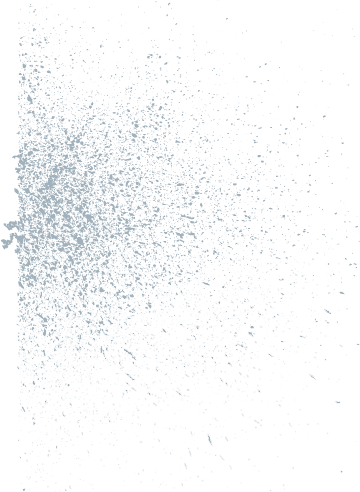
"Hey! Welcome! Can't you see us? Look closer, we're here too... Where? Here! Down below. Yes! Down here, right under your feet! We are clods of earth. Together, we form the soil! Do you know what they do, all together, the many organisms (plants, animals, fungi and bacteria) that live in the soil? They sustain life on Earth."

These are the words that introduce SOILAB, an educational kit focusing on soil, designed and created by Re Soil Foundation for primary and lower secondary schools. A kit available to any school (or, why not, private citizen) that requests it. It is made up of 4 tools: an illustrated brochure, a poster-game, a notebook for teachers, and some Activity and Laboratory info sheets.
The reasoning behind this kit is simple: promoted by the University of Bologna, Coldiretti, Novamont and the Turin Polytechnic, the Re Soil Foundation was founded to protect the soil, with the goal of promoting policies in favour of territorial regeneration. They do this by promoting scientific research, technology transfer, training, distribution of information and building awareness.

SOILAB is one of the tools designed to promote educational activities designed for young people. Informing and raising awareness in new generations is a crucial step in the great challenge of returning one of the most important, yet most undervalued aspects of the planet to health: the soil.
Indeed, below our feet there is a lot more than just earth and rocks. The soil is a treasure trove of biodiversity. Every little clump is overflowing with life. Small, sometimes very small organisms of diverse species that play a fundamental role in the functioning of the ecosystem. This issue is not only important for those who care about the environment. The soil is the starting point for 95% of our food production, for the growth of vegetation, for the collection, filtration and flow of water to aquifers and rivers, for the removal of contaminants, and for the mitigation of climate change and the impacts of droughts. It is in the soil that the nutrients absorbed by plants are formed, allowing biomass to store carbon (carbon sink), which contributes to the reduction of CO2 emissions and counteracts climate change.
The organic matter contained in the earth is the main feature determining the quality of soil and its capacity to nourish its microorganisms and plants, and therefore the fertility of the land.
Into this unique ecosystem, mankind has introduced additional substances released by industry, transport, agriculture and other economic activities. Heavy metals, organic pollutants, microplastics, and synthetic chemical products that agro-industry still abuses today. This is how the soil where we grow our food products is contaminated, with significant impacts on human health and ecosystems.
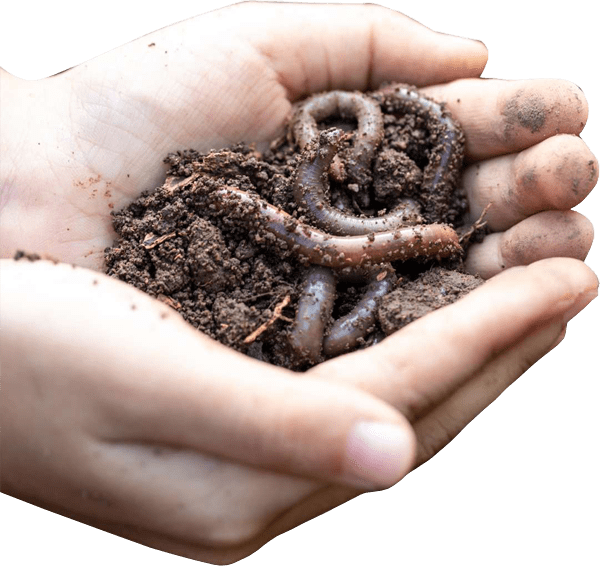
The current picture of the condition of our soil is unforgiving: 60-70% is compromised due to current management practices, pollution, urbanisation and the effects of climate change. Damaged soils have a level of organic matter below the minimum threshold that allows the correct functioning of the soil-plant system.
In the European Union there are almost 3 million potential contaminated sites, of which only 24% is catalogued.
The supply of nutrients in agricultural land is at levels that risk eutrophication of the soil and the water. Cultivated land loses carbon at a rate of 0.5% per year.
The environmental and social cost is enormous. But the financial cost is no less: the cost of soil degradation in the EU amounts to 50 billion euros every year. Even just the damage caused by the reduction of organic matter costs no less than 3 billion per year.
Based on estimates from ISPRA (Superior Institute for Environmental Protection and Research), we lose 100 square metres of soil every minute. This loss is measured in quantity, but also in quality: fertile soil disappears, and we have to wait centuries before we can hope to regenerate it. It takes over 2,000 years to form 10 centimetres of soil.
The Global Land Outlook, the observation platform of the United Nations, estimates that pressure from humans is compromising 24 billion tonnes of fertile soil each year. The World Atlas of Desertification, created by the European Commission's Joint Research Centre (JRC), shows how population growth combined with changes in our consumption models has degraded 75% of the land on Earth.
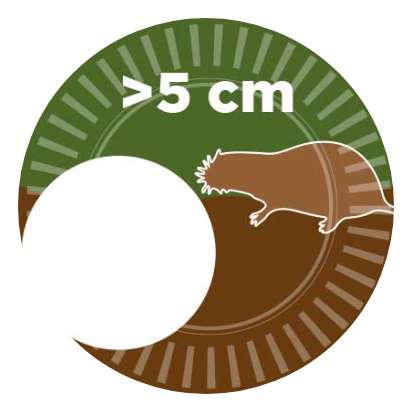
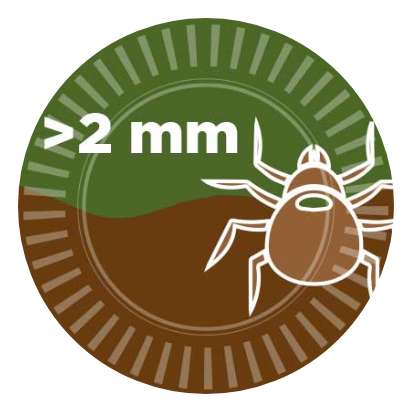
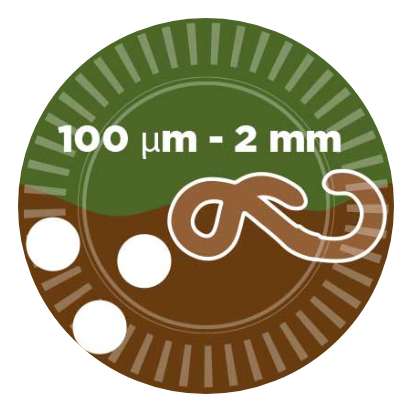
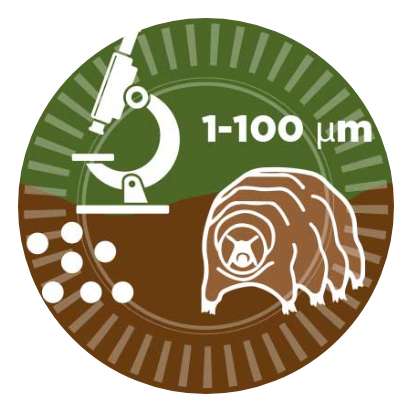

Reading these figures, it should be clear why we cannot continue to undervalue the issue of the soil. It is no coincidence that the European Commission launched the Mission for Soil Health and Food in 2019. Its goal is ambitious: to make at least 75% of land healthy by 2030. Then, last November, Brussels published the EU Soil Strategy for 2030 as an integral part of the European Green Deal. The strategy defines measures to protect and restore the soil, and guarantee that it is used in a sustainable way. The main goal is to make sure that, by 2050, all the member states of the European Community are avoiding land consumption (zero net land take) and, through concrete actions supported by scientific, technological and economic incentives, that they can support the protection and - where necessary - regeneration of the land.
Aiming for these targets is not unrealistic. But we need decisive actions from national and supranational institutions, along with the collaboration of all public and private players. Of course the rest of us shouldn't feel excluded from the challenge. On the contrary: a radical change to our habits is needed, as citizens and consumers. First of all, however, we need to be aware of the problem, and stimulate the growth of good practices in the agricultural and scientific fields, to be replicated elsewhere.
It is exactly this that the Re Soil Foundation is working on, together with other organisations, researchers and experts. On one hand, we are developing tools (such as the educational kit) designed for citizens of all ages, through training and information initiatives. On the other hand, we are putting into practice the guidelines indicated by the Mission Board for Soil Health and Food, through the creation of a network of lighthouse farms. These are true expressions of excellence from the point of view of soil ecosystem services and innovation, which deserve to be adequately promoted in order to stop agriculture from being a problem, and instead make it a fundamental piece of the solution to the climate crisis and the health of the land.
"It is under our feet, but we never consider its value. We walk all over it, we mistreat it, but healthy, fertile soil is life. It is time to take care of it, and every one of us can make a difference."
"Art hasn't predicted the future, but it has been ahead of its time."
Giulietta Fara, the artistic director of the Future Film Festival, and the environmentalist messages in cinema.
A winning tool for solving problems and leading innovation: the value of this discipline, which is strategic right out of the university lecture hall.
